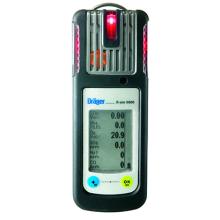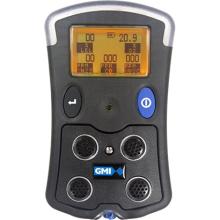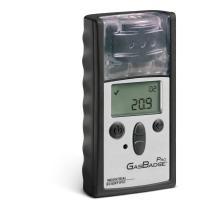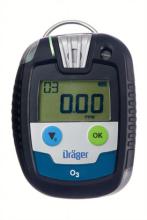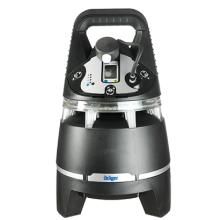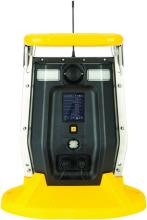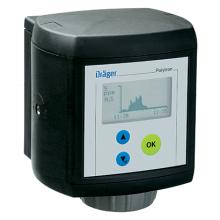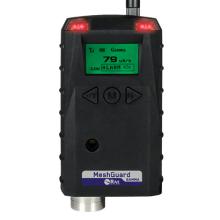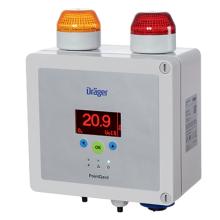Chlorine / Cl₂

Gas Identification
Chemical properties
Physical properties
Flammability limit
Threshold limit value
Chlorine : Description and use
There are two chlorine atoms in a dichlorine molecule. Discovered by Carl Wilhelm Scheele in 1774, it is a yellow-green gas under normal temperature and pressure conditions (khlôros means "green" in Greek).
It is 2.5 times denser than air. Its odour is suffocating and very unpleasant and it is extremely toxic because it recombines with the moisture in the mucous membranes and in the lungs to create acids which attack the tissues. During the First World War it was used as a warfare gas, known as bertholite.
Dichlorine is soluble in water creating chlorine water, but it is not soluble in salt water. We often mistakenly refer to aqueous sodium hypochlorite solutions in highly alkaline form as "liquid chlorine", which are in fact either 6% bleach or 12% bleach. We also often hear the expression "solid chlorine" to refer to calcium hypochlorite crystals or to trichloroisocyanuric acid (chlorine tablets for swimming pools).
Flammability: Chlorine itself is not flammable but it will support combustion, as it is a very reactive oxidising agent. Chlorine reacts violently (it can even catch fire or explode) with several organic compounds and combustibles, as well as with phosphorus, arsenic, antimony and metals in powder form. There is also a risk of sudden fire when it is in contact with grease, oil and silicone.
Explosiveness: Mixtures of chlorine with hydrogen, acetylene, ethane, ethylene and ammonia can explode if exposed to a spark, light or certain catalysts.
- Raw material for the synthesis of several organic and mineral compounds.
- Bleaching agent in paper mills.
- Disinfecting and sterilising agent (water treatment).
Chlorine may also be released during industrial operations such as the oxidisation of hydrogen chloride or the pyrolysis of chlorinated compounds.
Chlorine : Warnings and caution
H270 - May cause or intensify fire; oxidiser.
H315 - Causes skin irritation.
H319 - Causes serious eye irritation.
H331 - Toxic if inhaled.
H335 - May cause respiratory irritation.
H400 - Very toxic to aquatic life.
P260 - Do not breathe dust/fumes/gas/mist/vapours/spray.
P280 - Wear protective gloves/protective clothing/eye protection/face protection.
P301+P330+P331 - IF SWALLOWED: rinse mouth. Do NOT induce vomiting.
P303+P361+P353 - IF ON SKIN (or hair): Take off immediately all contaminated clothing. Rinse skin with water/shower.
P309+P310 - IF EXPOSED OR IF YOU FEEL UNWELL: Call a POISON CENTRE or doctor/physician
P305+P351+P338 - IF IN EYES: Rinse cautiously with water for several minutes. Remove contact lenses, if present and easy to do. Continue rinsing.
Chlorine : Related products
Portable Gas Detectors
Multi-Gas Area Monitors
